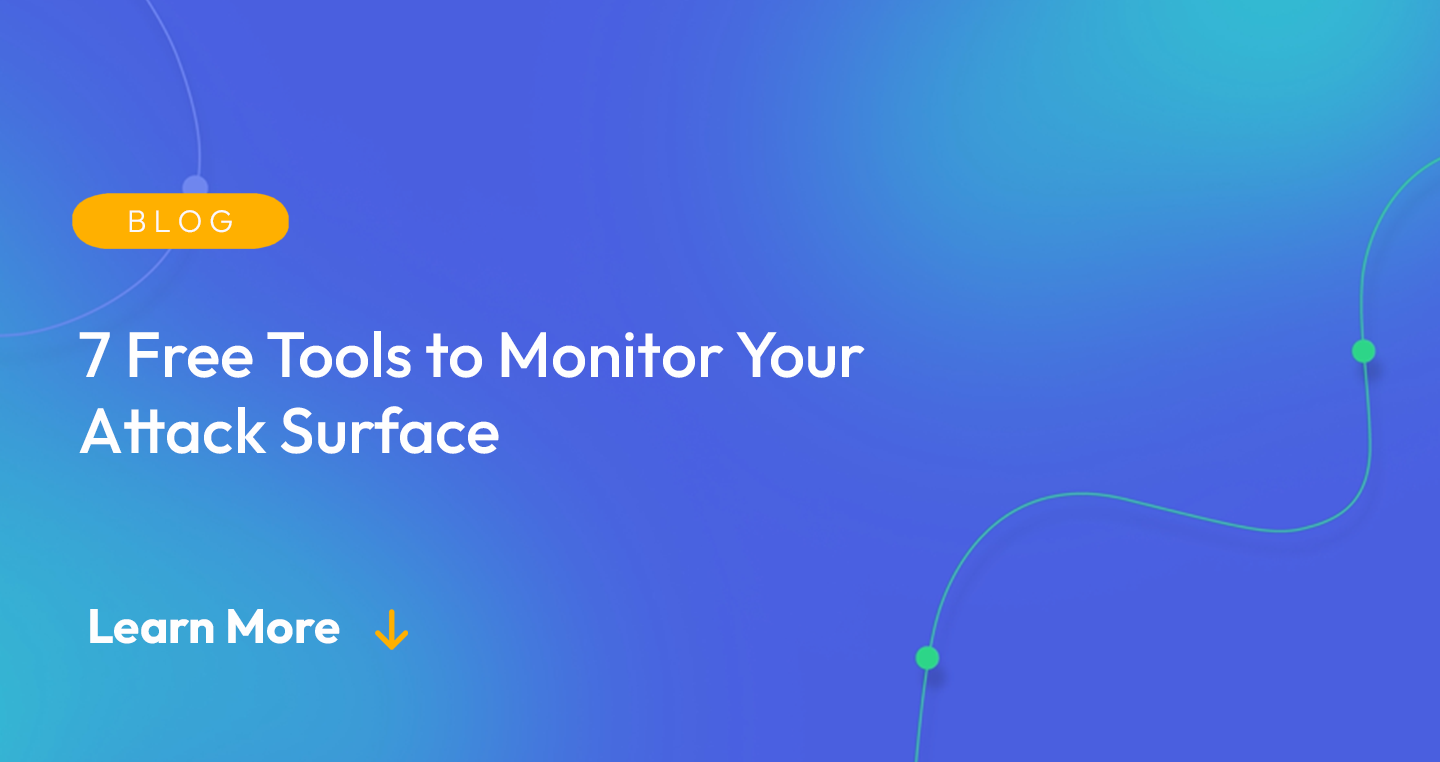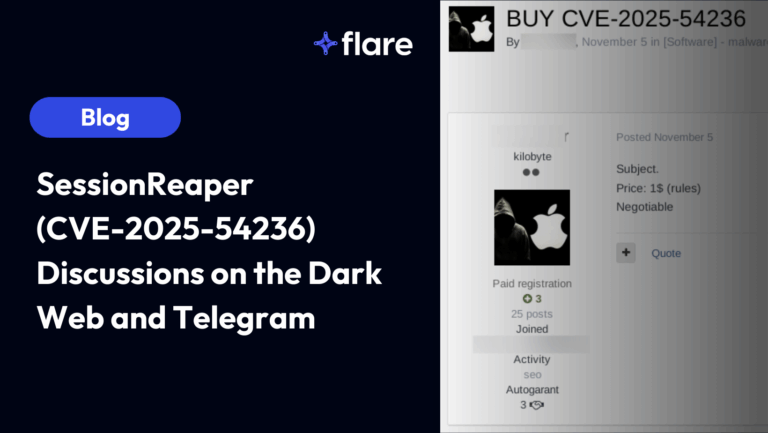
In the realm of cybersecurity, the term “attack surface” refers to the sum total of potential entry points or vulnerabilities that a malicious actor might exploit to infiltrate an organization’s digital infrastructure. These vulnerabilities could exist in hardware, software, network services, or even the human element, like unsuspecting employees falling prey to phishing scams.
The first step in successfully monitoring your attack surface is to understand it.
Understanding Your Attack Surface: The Importance and Challenges
As the first line of defense against cyber threats, effective attack surface management can reduce the risk of a successful breach, saving organizations from potentially severe financial and reputational damage. For instance, identifying and patching outdated software or insecure user credentials can prevent unauthorized access to sensitive data.
However, monitoring your attack surface comes with its own set of challenges. Some factors that have vastly increased organizations’ attack surfaces include:
- Ever-expanding digital landscape
- Rapid adoption of cloud services
- IoT devices
- Remote work
Each new device, user, application, or network connection can potentially introduce new vulnerabilities.
Moreover, the dynamic nature of cyber threats, with new attack vectors emerging continually, requires organizations to stay vigilant and up-to-date on the latest security practices. Unfortunately, many organizations struggle to achieve this due to a lack of resources or expertise.
The good news is that there are free tools available to help organizations monitor their attack surface effectively. These tools, designed to identify and alert organizations about potential vulnerabilities, provide an accessible way for organizations of all sizes to strengthen their cybersecurity posture. In the following sections, we will explore eight of these tools and how they can help your organization become more resilient to cyber threats.
Breaking Down the 7 Free Tools for Attack Surface Monitoring
Cyber threat intelligence involves being proactive, not just reactive. As such, it’s essential to have tools that can help identify potential vulnerabilities before they’re exploited.
Here, we introduce eight free tools that can provide you with insights into your attack surface, aiding in early detection and prevention of cyber threats.
Known as the “world’s most advanced open-source vulnerability scanner,” OpenVAS offers a comprehensive database of potential threats, making it an invaluable resource for monitoring your attack surface.
This free, open-source tool is perfect for intrusion detection, enterprise security monitoring, and log management. It’s ideal for identifying unusual network activities that could signal a potential breach.
This network protocol analyzer allows you to see what’s happening on your network at a microscopic level. Wireshark provides insights into your network’s traffic, helping identify potential security holes.
The Zed Attack Proxy (ZAP) is one of OWASP’s most popular free security tools. It’s ideal for developers and functional testers who are new to penetration testing.
- Nmap (“Network Mapper”)
An open-source utility for network discovery and security auditing. Nmap can be used to inventory network devices, monitor hosts or service uptime, and map out your attack surface.
A free version of the renowned Qualys Cloud Platform. It offers vulnerability identification, security configuration auditing, web app scanning, and digital certificate security.
A computer security project that provides information about security vulnerabilities and aids in penetration testing and IDS signature development.
Each of these tools brings something unique to the table, addressing different aspects of your attack surface. By using a combination of these tools, you can create a well-rounded monitoring strategy that leaves no stone unturned.
How to Effectively Implement These Tools for Optimal Security
Having a toolbox filled with the right instruments is only the first step in the process of safeguarding your organization’s digital landscape. The effectiveness of these tools hinges on their strategic implementation and continuous use. Here’s how to make the most out of the seven tools for optimal security.
Develop a Routine
Consistency is key in attack surface monitoring. Cyber threats don’t stick to a schedule, which means your monitoring efforts should be ongoing. Develop a routine to regularly use these tools to scan, detect, and address vulnerabilities.
Layer Your Defenses
No single tool can cover all potential threats. By using multiple tools that focus on different areas, you can establish a multi-layered defense system that makes it much harder for cyber threats to penetrate.
Train Your Team
While these tools offer automated assistance, they still require human intervention to interpret results and take action. Make sure your IT team is familiar with each tool and knows how to respond when potential vulnerabilities are detected.
Focus on Your Unique Needs
Every organization has a unique digital footprint and thus a unique set of vulnerabilities. Pay attention to your organization’s particular needs and prioritize tools that align with these areas.
Act on Insights
These tools provide a wealth of data about your organization’s digital vulnerabilities. But this data only becomes valuable when it’s used to guide actions. Regularly review the data, analyze patterns, predict potential future threats, and create action plans to address these issues.
Stay Updated
The world of cybersecurity is always evolving, and new vulnerabilities can arise with every change. Keep your tools updated to ensure they can identify and handle the latest potential threats.
Learn from the Community
Each of the mentioned tools has a supportive community of users who share their experiences and solutions. Participate in these communities to learn about best practices and get advice on handling challenging situations.
By strategically implementing these tools, you can ensure they work synergistically to fortify your cybersecurity defenses. Remember, monitoring your attack surface isn’t a one-off activity—it’s an ongoing commitment to safeguarding your organization’s digital infrastructure.
The Role of Regular Monitoring in Minimizing Cyber Threats
Regular monitoring of your attack surface plays a crucial role in protecting your organization from cyber threats. In a time when digital advancements are opening up new opportunities for both businesses and cybercriminals, maintaining a strong line of defense has never been more important.
Early Detection with Monitoring Your Attack Surface
One of the key benefits of regular monitoring is the early detection of vulnerabilities. By constantly keeping an eye on your attack surface, you can identify potential weaknesses before they are exploited. This proactive approach allows you to patch these vulnerabilities and fortify your defenses, significantly reducing the risk of a successful cyber attack.
In addition, regular monitoring can help you stay ahead of the rapidly evolving cybersecurity landscape. New threats are emerging all the time, and what was once a secure system can quickly become a target. By keeping your finger on the pulse of your attack surface, you can respond to new vulnerabilities as they arise and stay one step ahead of cybercriminals.
Insights Long-Term Attack Surface Monitoring
Additionally, continuous monitoring provides invaluable data that can inform your overall cybersecurity strategy. By tracking and analyzing your organization’s vulnerabilities over time, you can identify patterns and trends that could indicate deeper, systemic issues. This information can guide your long-term security plans and help you create a more resilient digital infrastructure.
While monitoring your attack surface may seem like a daunting task, the free tools we’ve discussed can simplify this process. They each offer unique capabilities that, when used together, provide a comprehensive overview of your attack surface. By regularly using these tools to monitor your digital environment, you can minimize potential threats and secure your organization’s future in the digital age.
Regular monitoring of your attack surface is an important part of resilience, helping to safeguard not only your data but also your reputation and your future.
Monitoring with Flare
With regular monitoring, your organization can minimize potential threats. The seven tools mentioned in this article can help effectively monitor your attack surface. Building consistent, layered defenses, tailoring to your unique needs, and acting upon insights are keys to utilizing these tools optimally.
Flare supports your cyber team in proactively addressing digital risks by providing context-rich actionable alerts. Keep track of threats across the clear & dark web, as well as illicit Telegram channels.
Book a demo to learn more.





